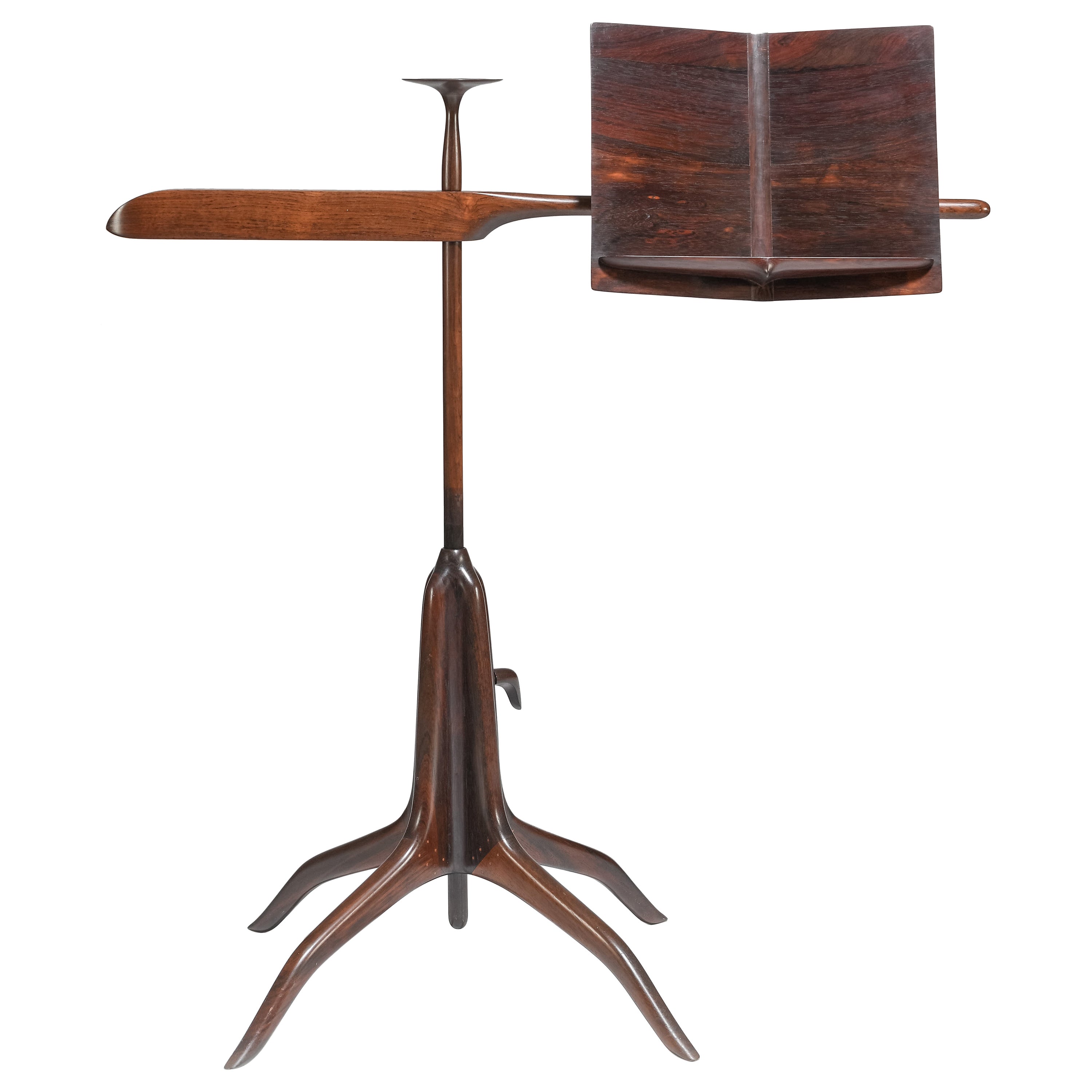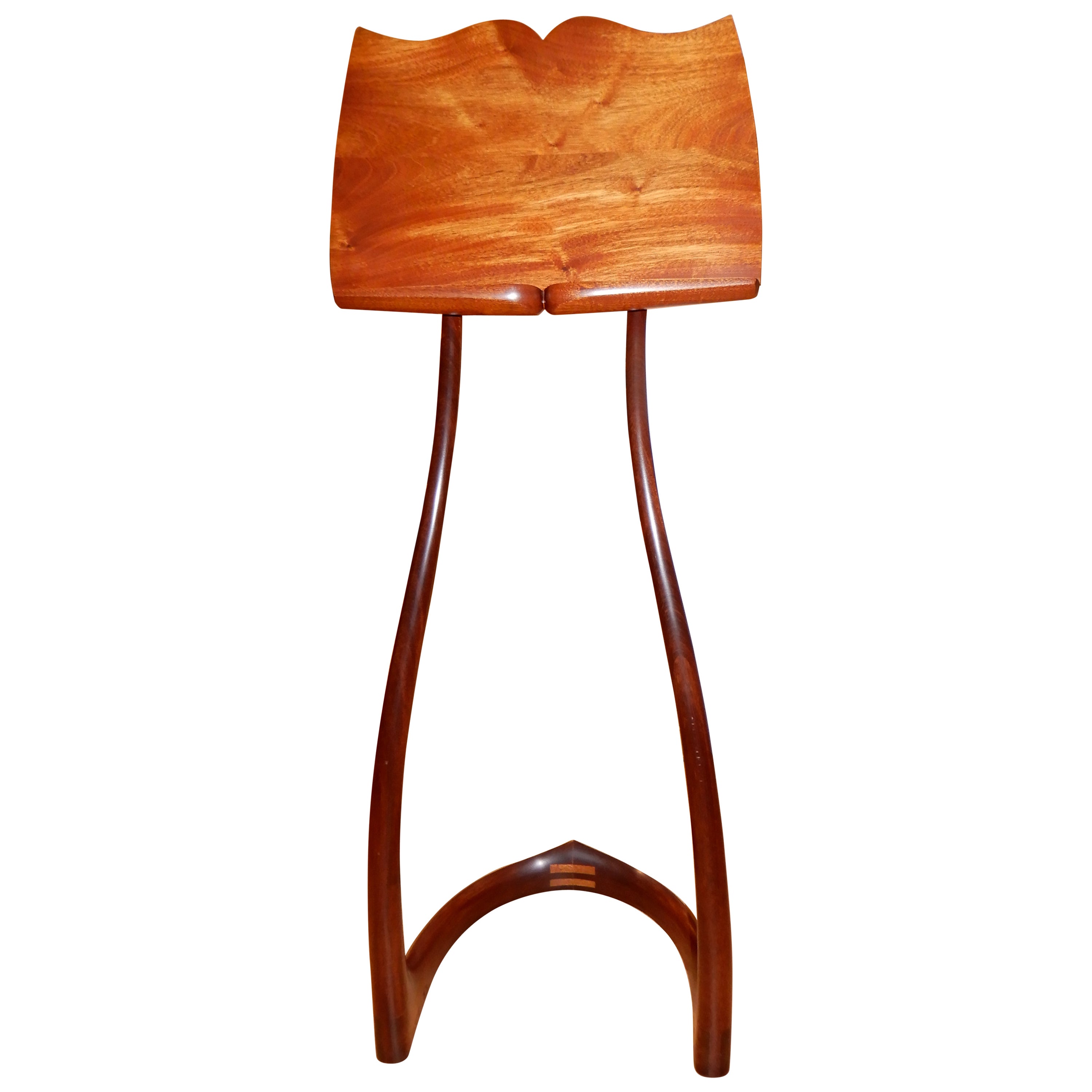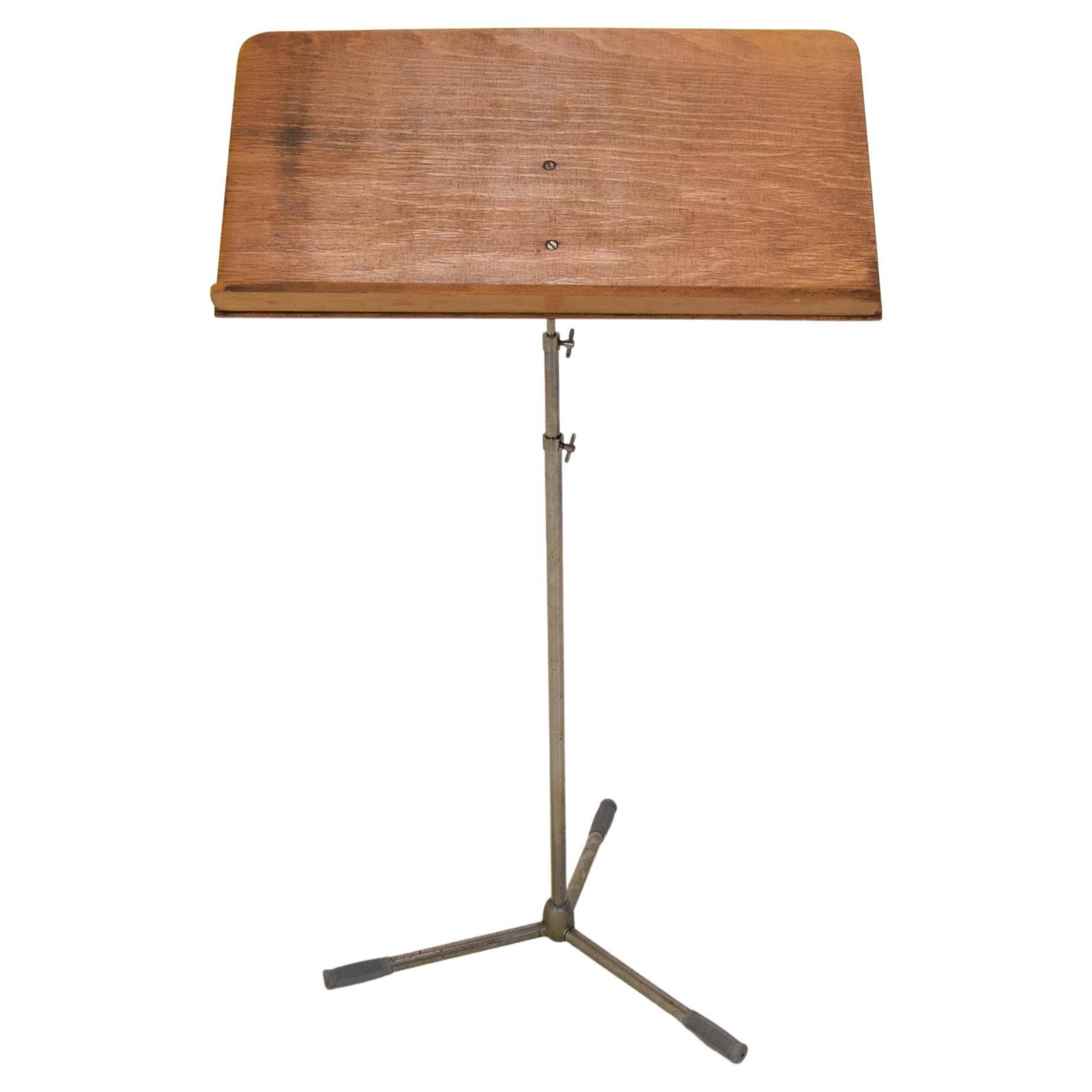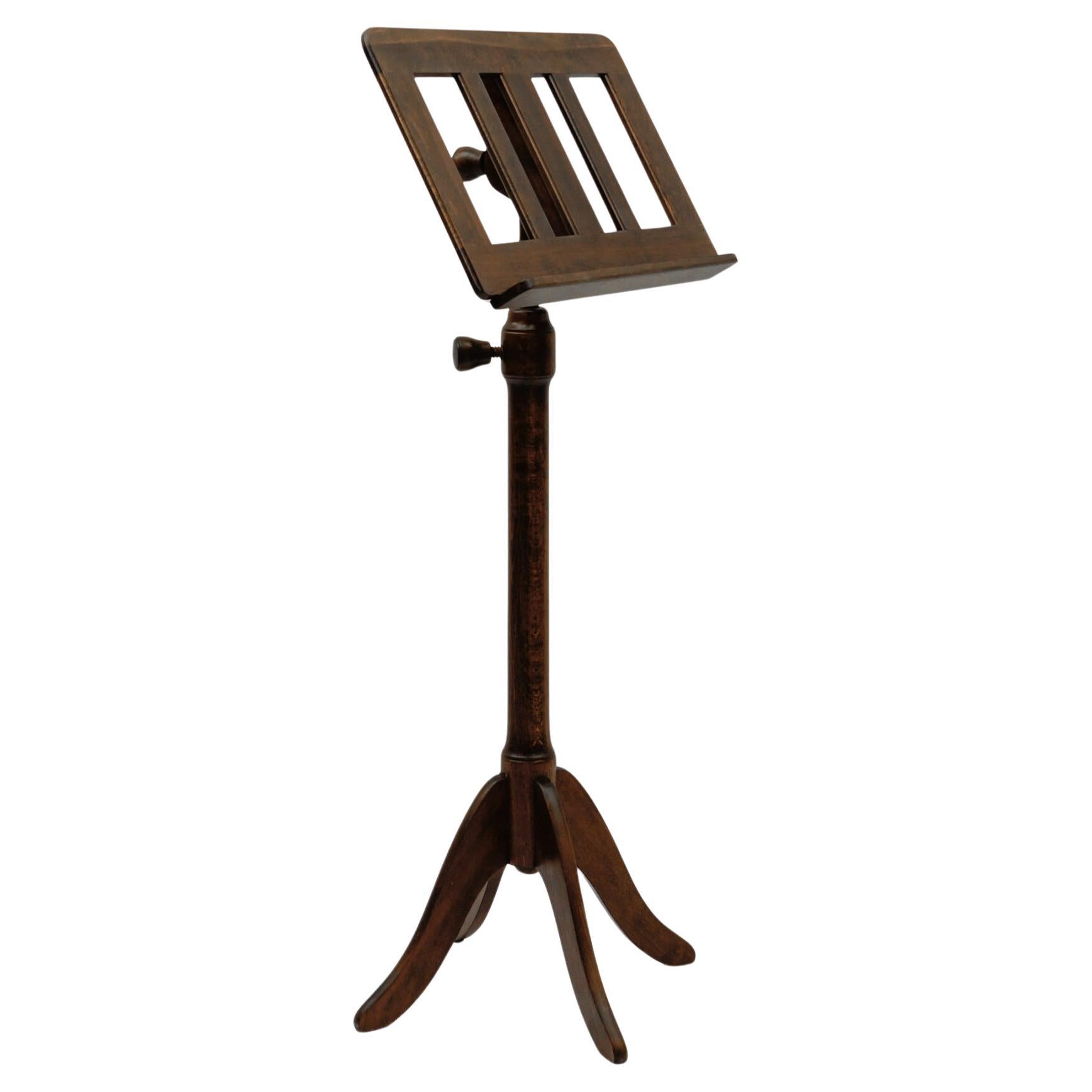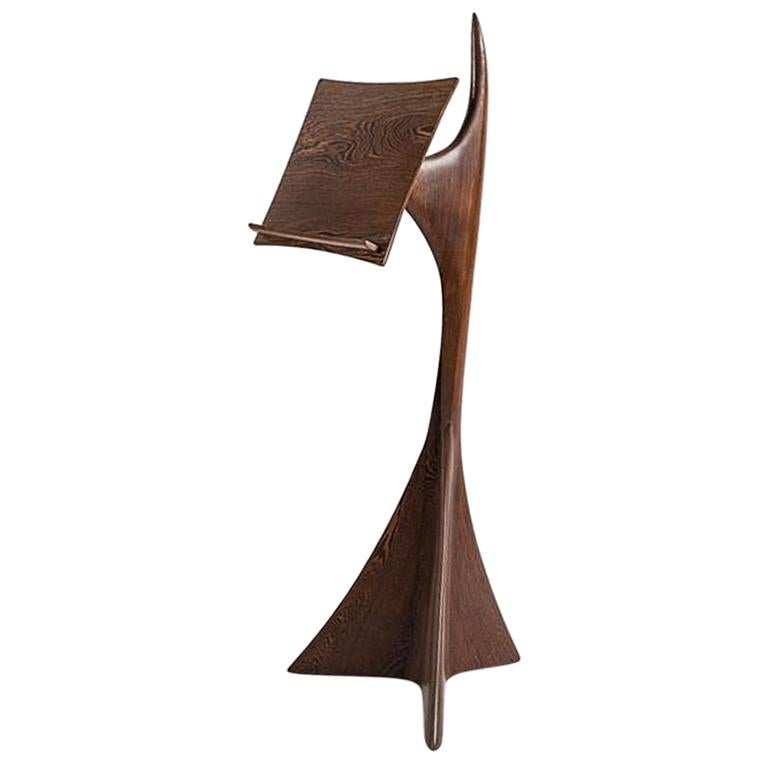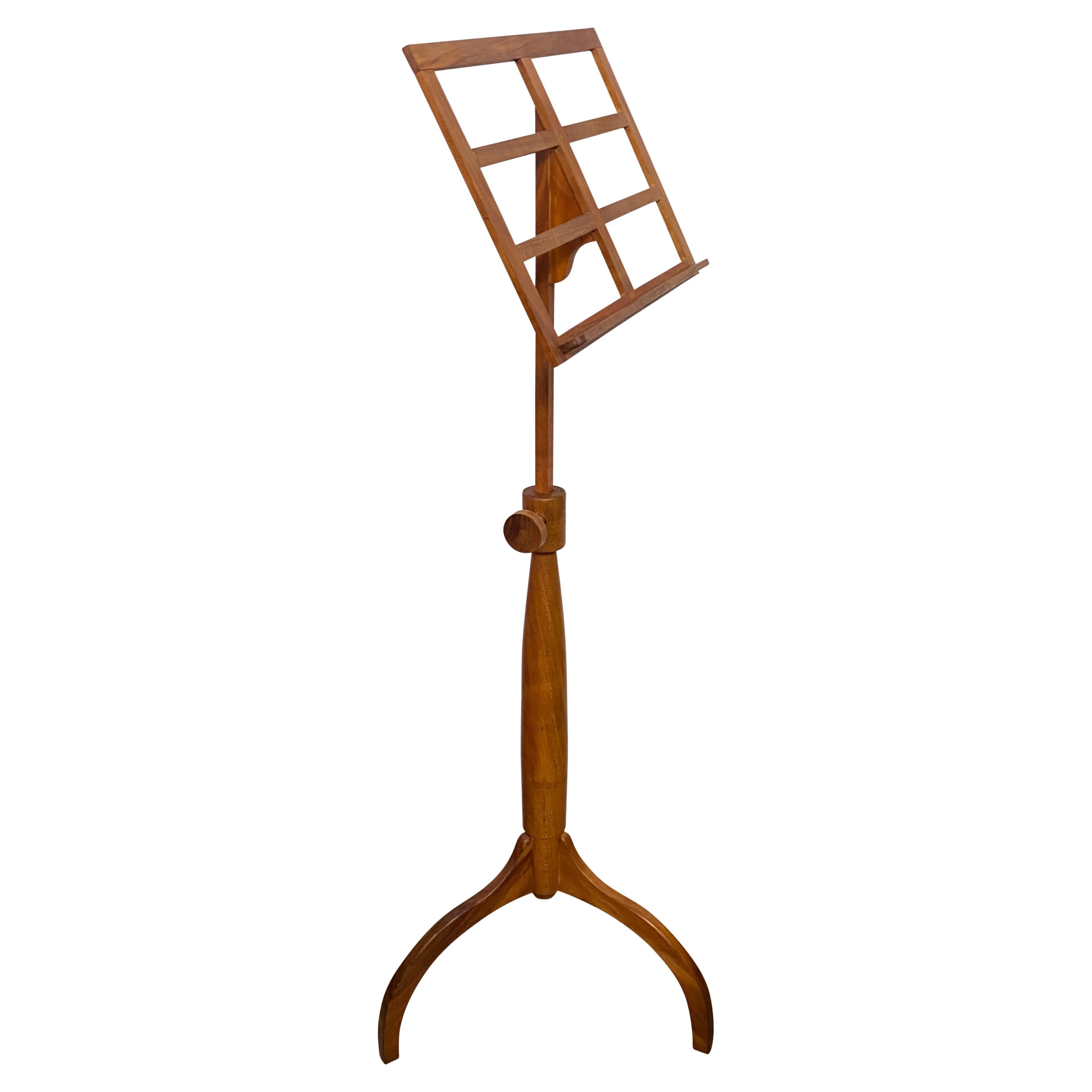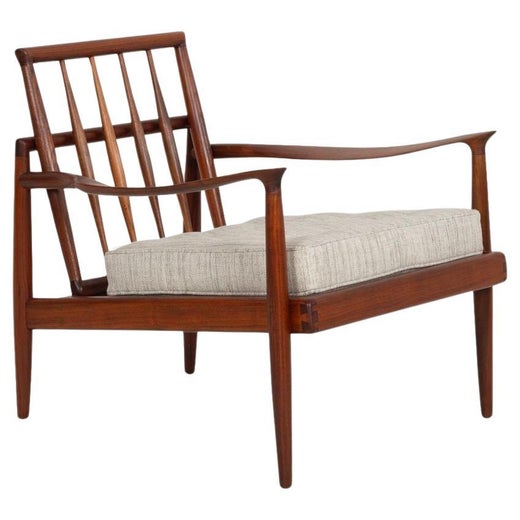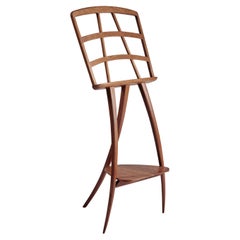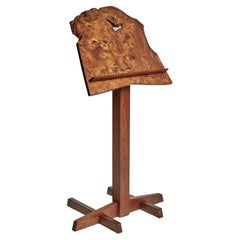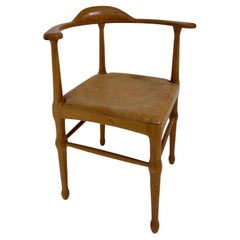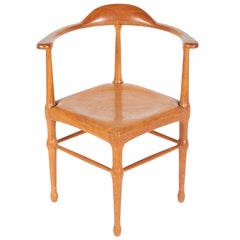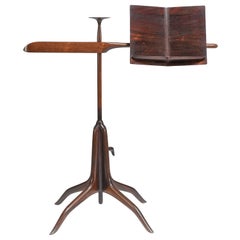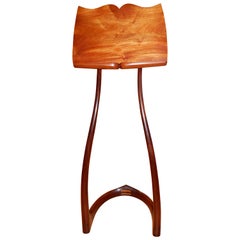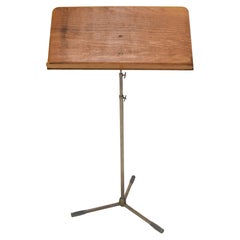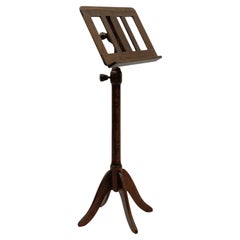Sam Maloof Music Stand
About the Item
- Creator:Sam Maloof (Designer)
- Dimensions:Height: 51.5 in (130.81 cm)Width: 37.25 in (94.62 cm)Depth: 17.75 in (45.09 cm)
- Style:Mid-Century Modern (Of the Period)
- Materials and Techniques:
- Place of Origin:
- Period:
- Date of Manufacture:1960s
- Condition:
- Seller Location:New York, NY
- Reference Number:1stDibs: LU804830779042
Sam Maloof
Along with George Nakashima and Wendell Castle, the woodworker Sam Maloof was a guiding spirit of the American Studio furniture movement — a postwar revival of craftsmanship fueled by a reverence for skilled labor and a disdain for mass-produced furnishings composed of plastic and other synthetic materials. Maloof brought a modern interpretation to traditional seating and cabinetry forms, and in doing so he created some of the most beautiful and artfully made rocking chairs and other furniture seen in the country since the 19th-century heyday of the Shakers.
Maloof was born in then-rural Chino, California, east of Los Angeles. His parents were immigrants from Lebanon, then still part of the Ottoman Empire. Maloof’s father sold fruits and vegetables from a cart, and his mother sold her handmade lace and embroidery. It was through her, Maloof would later say, that he found a love of fine craftsmanship.
Maloof tinkered with woodcarving as a boy, making things such as dollhouse furniture, but in high school he became known for his calligraphy and hand-lettered posters and signs. Into his 30s, Maloof made a modest living as a graphic artist. But in 1948, he and his newlywed bride, Alfreda Ward, a crafts teacher, moved into a new house.
To save money, Maloof made their furniture from scrap oak planks, and he so clearly loved the work that his wife persuaded him to make woodworking his profession. Within two years, Maloof’s furniture was getting attention in the press, and in 1951 he received his first significant commission when the industrial designer Henry Dreyfuss hired him to make chairs and cabinets for a new office in Pasadena.
Entirely self-taught, Maloof was an intuitive designer, with a natural sense of scale and proportion. He never sketched plans for a piece in advance; on chairs, he said he worked from the legs up. Maloof used no metal hardware in his furniture; rather than bolts or screws, his pieces derive their strength and integrity solely from Maloof’s painstaking joinery.
Though he made all types of furniture, Maloof is best known for his rocking chairs. His are instantly recognizable by their long glides and attenuated, gently curved spindled backrests. Maloof lavished long hours shaping and sanding his chairs to conform to the human body, then oiling and rubbing the wood to give it a silky tactility.
Vintage Sam Maloof furniture is scarce, if not rare: At his peak of productivity in the 1970s, Maloof (by then, working with three assistants) made an estimated 300 pieces a year. His tables and smaller cabinets are priced at around $15,000; because they are his signature forms, rocking chairs made of walnut bring about twice that, more in exotic woods such as tiger maple and rosewood.
As you will see on 1stDibs, Sam Maloof designs are exemplary objects of both beauty and utility — warm, welcoming and rich in honest character.
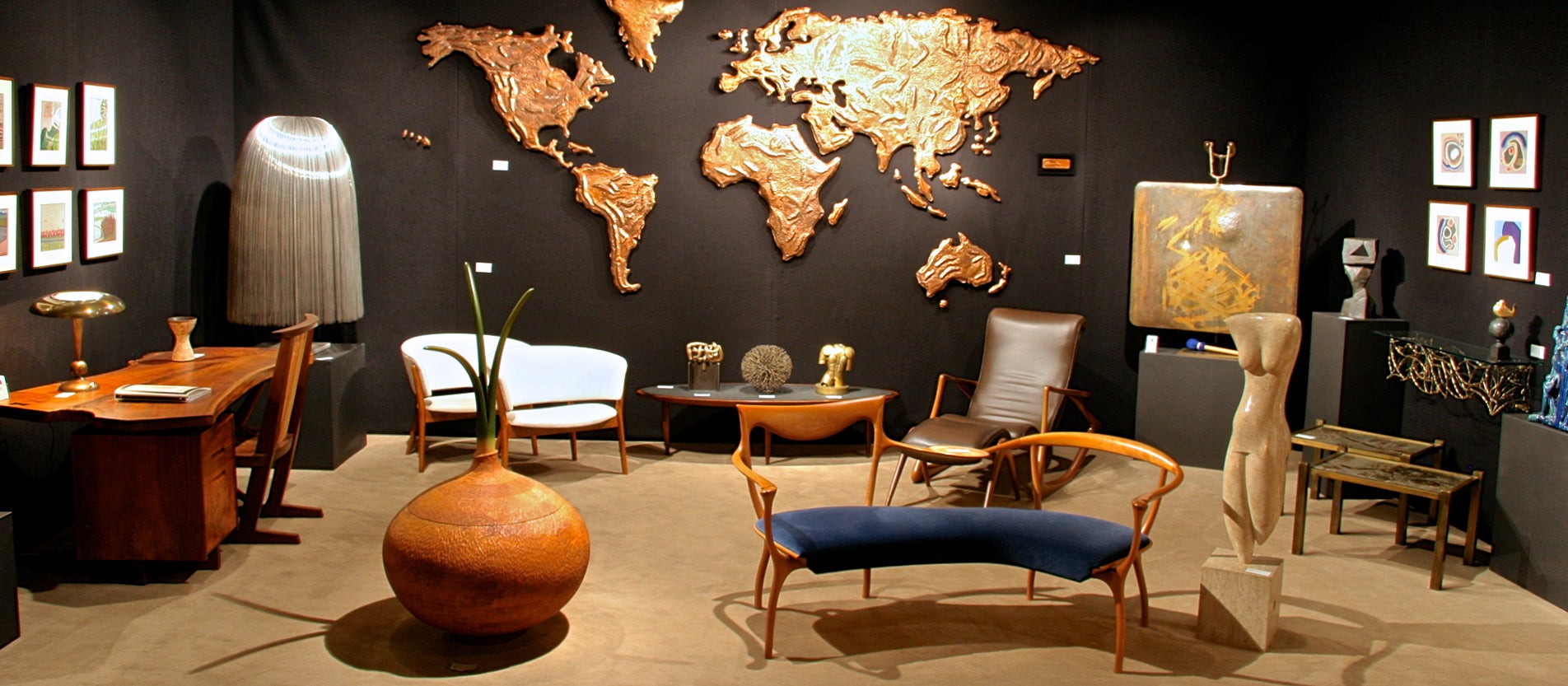
- ShippingRetrieving quote...Shipping from: New York, NY
- Return Policy
More From This Seller
View AllVintage 1960s American Mid-Century Modern Music Stands
Wood, Walnut
Vintage 1970s American Mid-Century Modern Music Stands
Wood, Burl
Mid-20th Century Danish Mid-Century Modern Models and Miniatures
Wood
Vintage 1960s Danish Scandinavian Modern Models and Miniatures
Teak
Vintage 1950s Italian Mid-Century Modern Side Tables
Mahogany
Vintage 1950s American Mid-Century Modern Table Lamps
Steel, Aluminum
You May Also Like
Vintage 1970s American Mid-Century Modern Music Stands
Rosewood, Walnut
Vintage 1970s American American Craftsman Music Stands
Mahogany
Vintage 1960s Czech Mid-Century Modern Music Stands
Metal
Vintage 1950s French Art Deco Music Stands
Wood, Cherry
Vintage 1980s American Music Stands
Wenge
20th Century American Shaker Music Stands
Cherry
